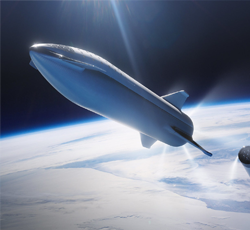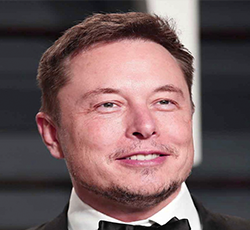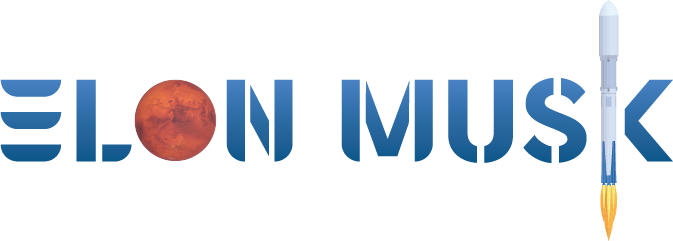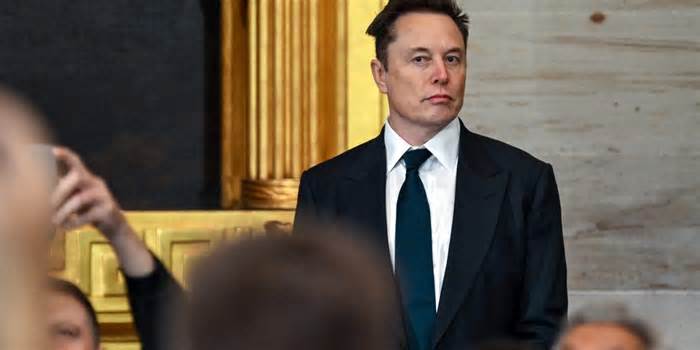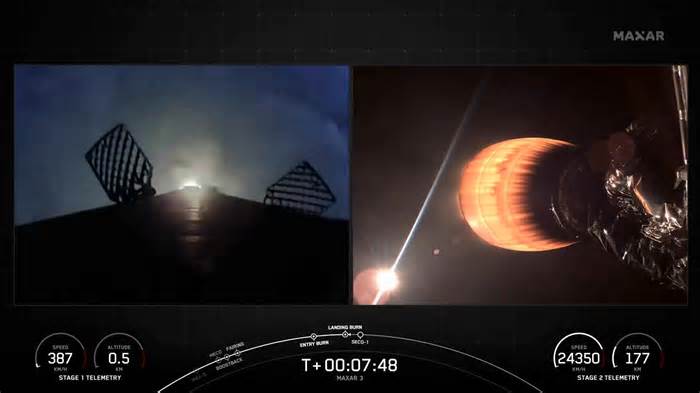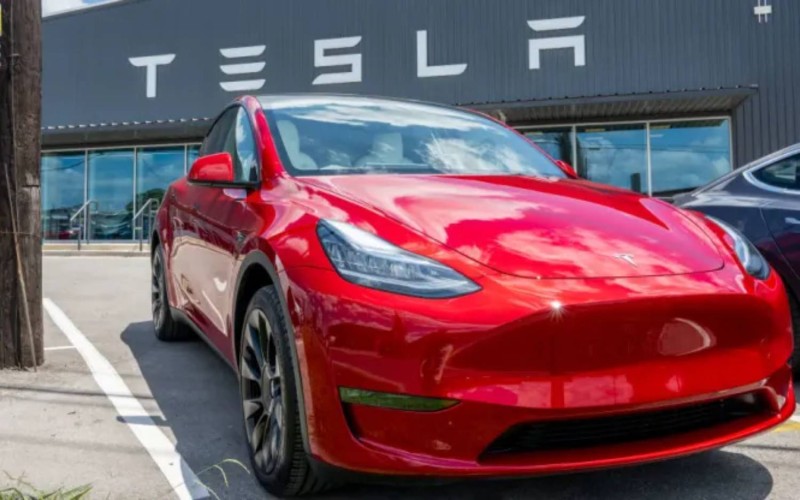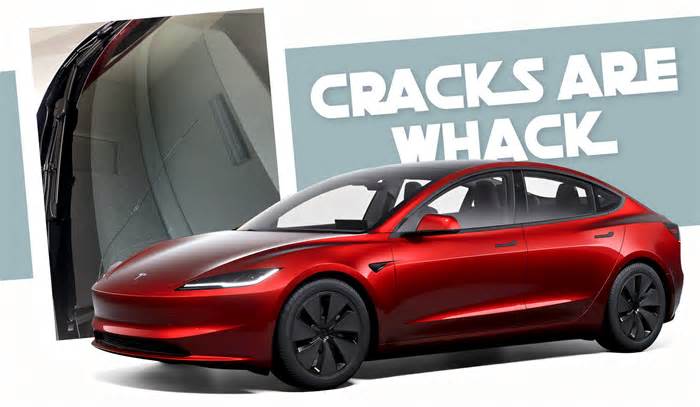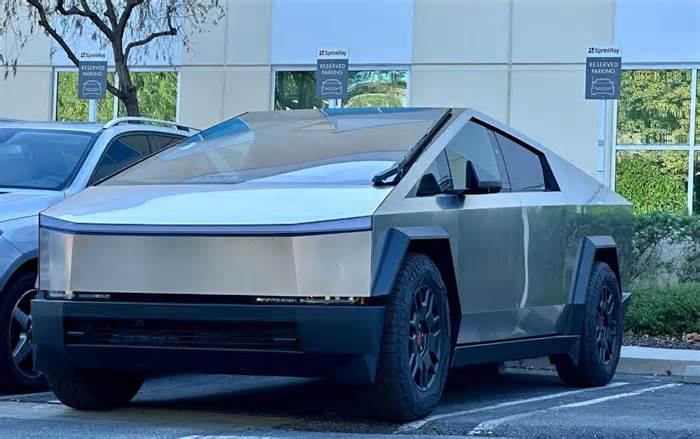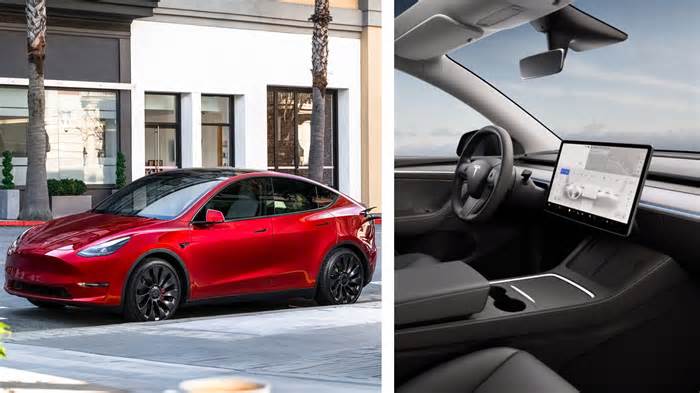
How did it get up there? An asteroid was approaching Earth, but it turned out to be a Tesla
- by ecoportal.net
- Feb 05, 2025
- 0 Comments
- 0 Likes Flag 0 Of 5
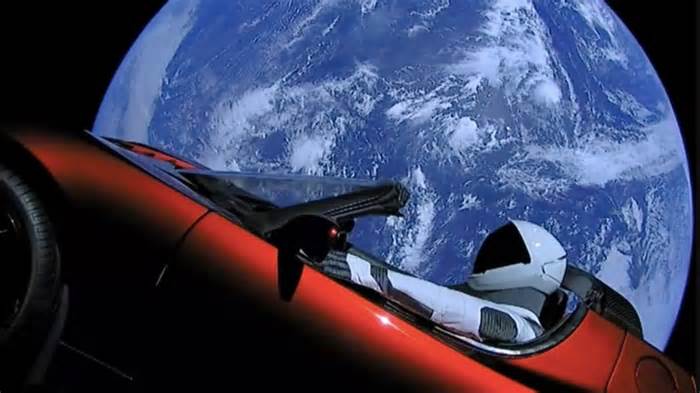
Can you believe the top spot? — 5 most dangerous cars for winter driving
The finding of an asteroid by an amateur astronomer was noted at the start of the year by researchers at the Minor Planet Centre at the Centre for Astrophysics, Harvard and Smithsonian. But after a day, they removed the thing, which was identified as 2018 CN41, after realising it wasn’t a natural object—rather, it was a Tesla tied to a SpaceX Falcon Heavy rocket.
How did Elon Musk’s Tesla get up there in space?
To imitate the bulk of cargo, the vehicle—which was previously owned and operated by Elon Musk, the CEO of both SpaceX and Tesla—was launched with Falcon Heavy on the rocket’s first test flight in 2018. The vehicle, which was securely fastened to the upper stage of the Falcon Heavy, went into orbit around the Earth for six hours before transitioning into a solar orbit that NASA says would be “stable for several million years.”
These days, the vehicle is just one of many man-made things speeding across deep space. However, the Minor Planet Center’s (MPC) work usually doesn’t deal with artificial objects. Instead, the MPC is in charge of monitoring small, naturally occurring solar system entities like comets and asteroids. To find new things, citizen scientists can use the organisation’s publicly accessible observation catalogue.
The travels of the Tesla Roadster through space and the cosmos
The Tesla in question is the same one that was launched in February 2018 on SpaceX’s Falcon Heavy rocket. Elon Musk’s personal red Roadster was affixed to the rocket’s top stage and sent into an elliptical orbit around the Sun as part of a test mission. The vehicle, which had a mannequin called “Starman” behind the wheel, became one of the most peculiar man-made items ever sent into space.
Astronomers mistake it for an asteroid because it has travelled millions of kilometres over the last seven years, occasionally passing across Earth’s orbit. However, separating these man-made objects from natural ones is “not trivial” because “there are more and more artificial objects launched and their observations incidentally end up in our catalogue,” MPC astronomer Peter Veres told the Smithsonian magazine.
The Misidentification: Its Importance for Science
As humanity continues to send more spacecraft and satellites beyond Earth, the Roadster has been tumbling through space like a small celestial body despite its artificial origins. Because of its unpredictable motion and lack of artificial lighting, astronomers who first spotted it thought they had discovered a new asteroid. While the Tesla is a scientific curiosity, it also serves as a reminder of how man-made objects can be mistaken for natural space phenomena.
Where exactly is the Tesla car now?
The website whereisroadster.com has been documenting the car’s space travel since 2018. Ben Pearson created the website, which tracks the car’s location and determines how far it has driven. The Roadster has “driven” almost 3.5 trillion miles in space as it approaches its seventh anniversary. The car’s orbit around the sun takes roughly 557 days. Pearson’s research indicates that Tesla has surpassed its 36,000-mile guarantee by more than 96,330 times.
At the beginning of its journey, the vehicle famously played the song “Space Oddity” by David Bowie. The on-board mannequin would have heard Bowie’s masterwork more than 692,000 times if the speakers and battery had remained functional. What a case of earworm! The likelihood of the car striking Earth at some point has already been examined by researchers, who estimated the probability to be only 6% within a million years.
The urgent need for increased openness and communication between space agencies, private businesses, and countries is highlighted by this recent incident. Regretfully, not all organisations provide their data promptly or at all. The scientific community and the security of Earth’s orbital environment would both gain from a more cooperative approach to space traffic management and data sharing, which would greatly improve the capacity to distinguish between natural and manufactured objects.
© 2025 by Ecoportal
Please first to comment
Related Post
Stay Connected
Tweets by elonmuskTo get the latest tweets please make sure you are logged in on X on this browser.
Sponsored
Popular Post
tesla Model 3 Owner Nearly Stung With $1,700 Bill For Windshield Crack After Delivery
33 ViewsDec 28 ,2024
Middle-Aged Dentist Bought a Tesla Cybertruck, Now He Gets All the Attention He Wanted
32 ViewsNov 23 ,2024





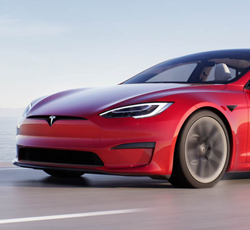
 Energy
Energy